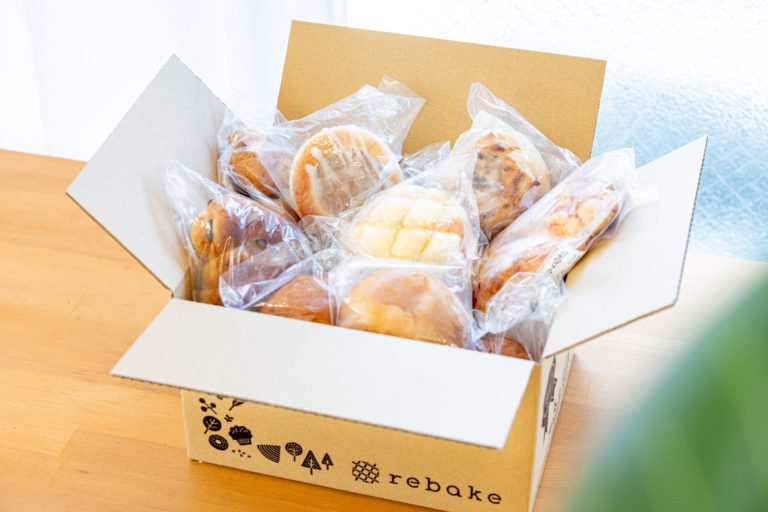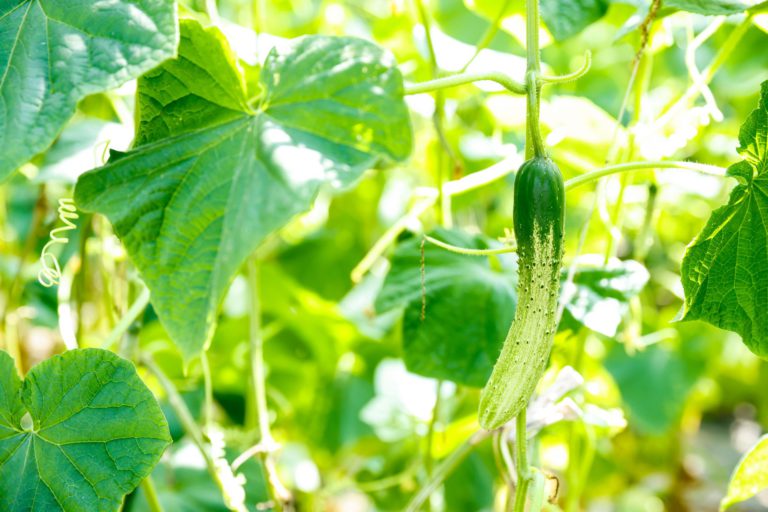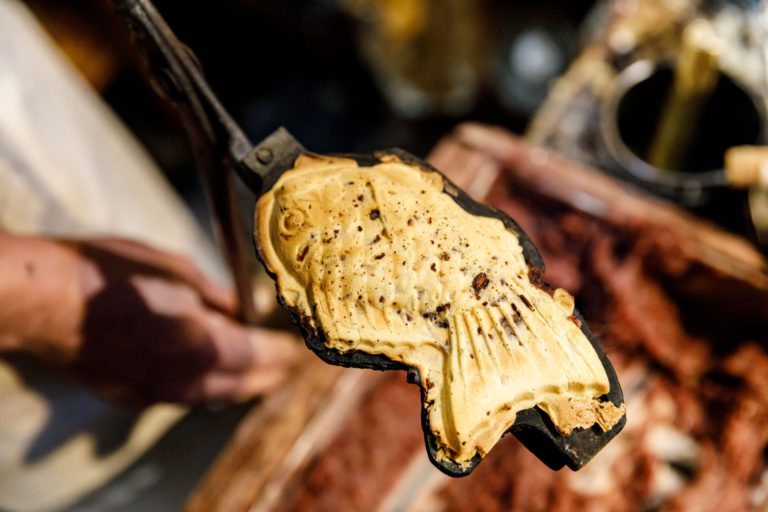Hokota’s Melons—A New Challenge for Three Generations of Farmers
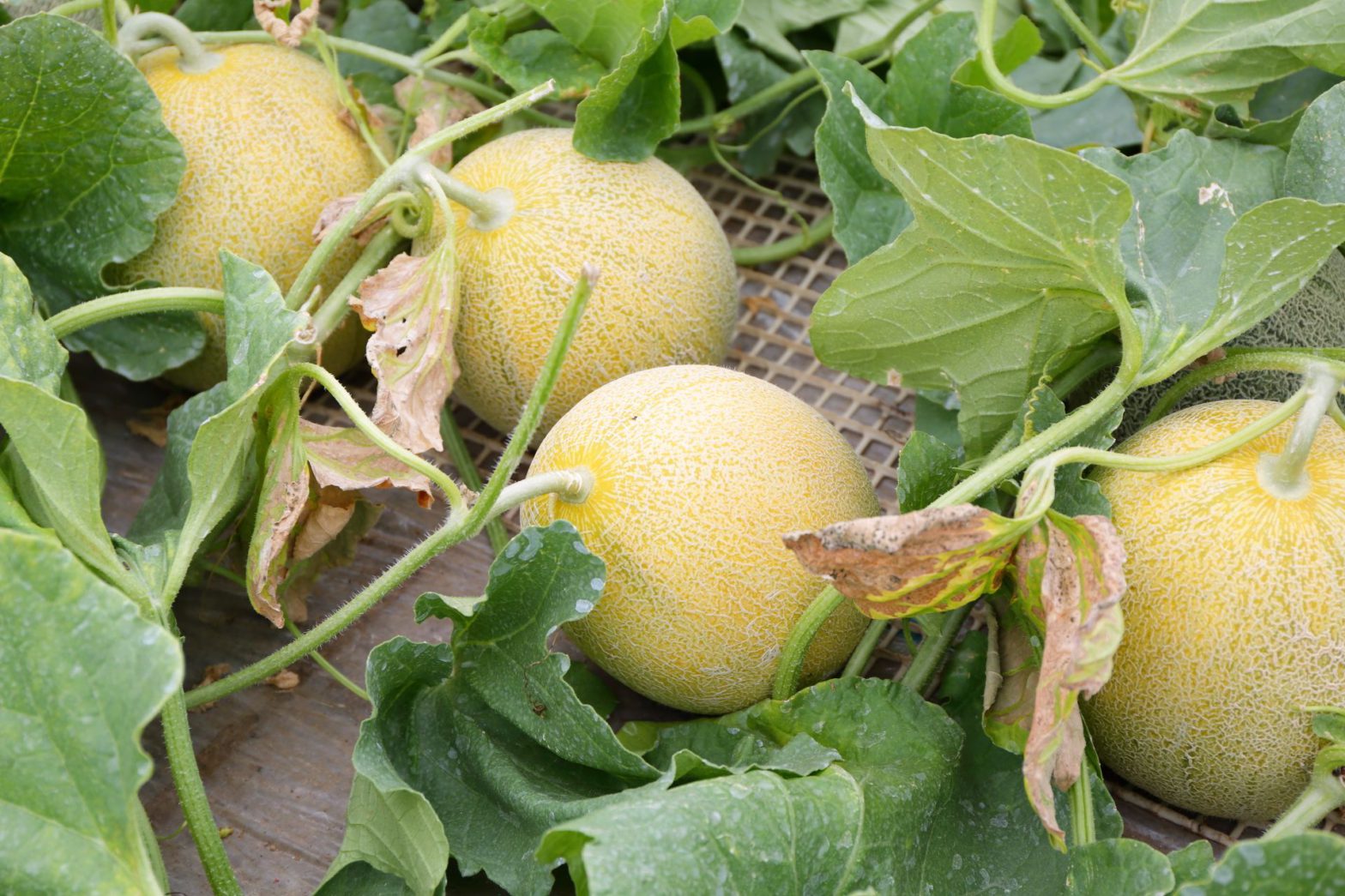
Hokota, a town blessed with lush nature surrounded by water

Boasting the largest production of melons in Japan, the city of Hokota in Ibaraki Prefecture is in the southeast region of the prefecture, surrounded by the Pacific Ocean, Lake Hinuma, Kasumigaura Bay and Lake Kitaura. Thanks to the sea breezes coming from the ocean, it is cool year-round, and the temperature does not fall too low even in winter, making it an ideal place for melons, which are sensitive to both heat and cold. In addition, the loamy layer of the Kanto Plain is well drained yet retains water, making it fertile and suitable for agriculture. The city began growing melons in the 1950s and quickly became the nation’s top producer. There are still about 500 melon farms in the city, and this year, too, many of Hokota’s prized melons are being shipped in succession.
Sweet melons with a good aftertaste and mellowness
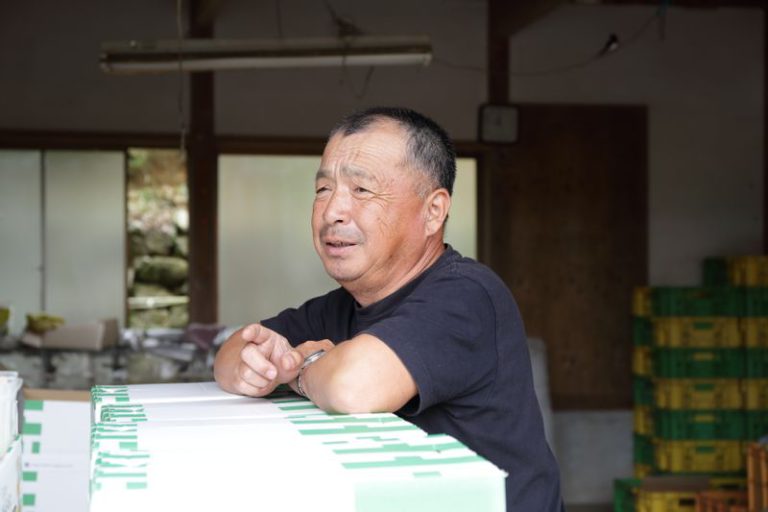
Farm Nagasu, where we visited for the story, has been growing melons in the area for over 50 years. The second successor, Michitoyo Nagasu, in particular, has spearheaded melon cultivation in Hokota and contributed to the training of future melon growers. Yosuke, the third in line working with his father, known as the melon expert, also actively engages with neighboring growers and gives his utmost attention to melons with an insatiable spirit of pursuit.
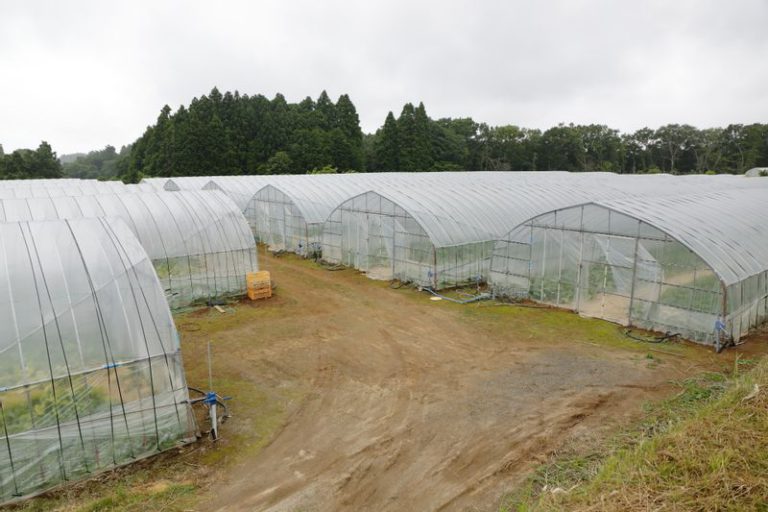
We found large melons ready for harvest when we were ushered into a plastic greenhouse. It was warm enough to make you perspire inside the greenhouse, and the sea breeze blew pleasantly through the gaps, creating a favorable environment for the melons, which dislike humidity. On closer inspection, the leaves that covered the splendid fruits were crisp and dry. Yosuke says, “This is because we haven’t watered them in the last two weeks. After the melons become large, we wait until they are ready to harvest without giving them any water. This way, the sugar content increases dramatically.” It seems strange when you imagine the juice dripping from the fruit when cut, but he says that overwatering makes the fruit taste bland.
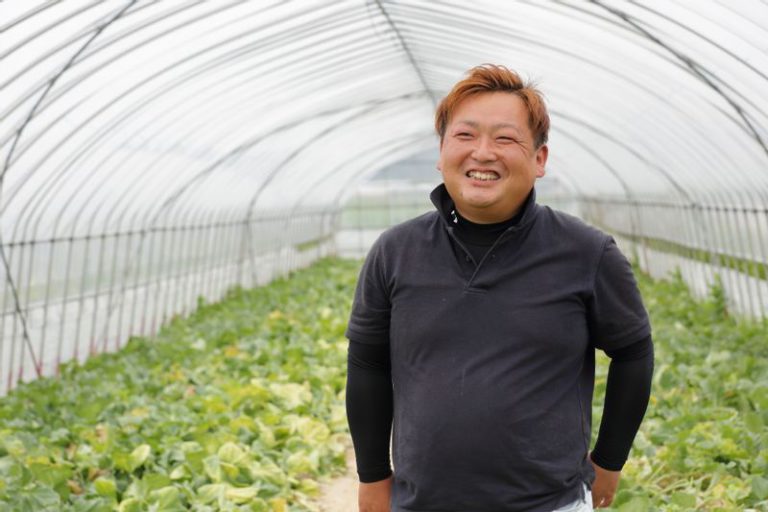
The melons from Hokota’s JA Ibaraki Asahimura are shipped after each one is measured for sugar content, ripeness and water saturation with an optical sensor, so the quality is consistent and popular with consumers. But according to Yosuke, the best melons are not only high in sugar content but also have a crisp aftertaste and a rich aroma that permeates the air. Yosuke attentively watches over the melons daily to grow such well-balanced fruits. Melons are considered one of the most difficult crops to grow, and not a moment is wasted until they are harvested.
Belief in attentiveness and the importance of the feeling of the skin.
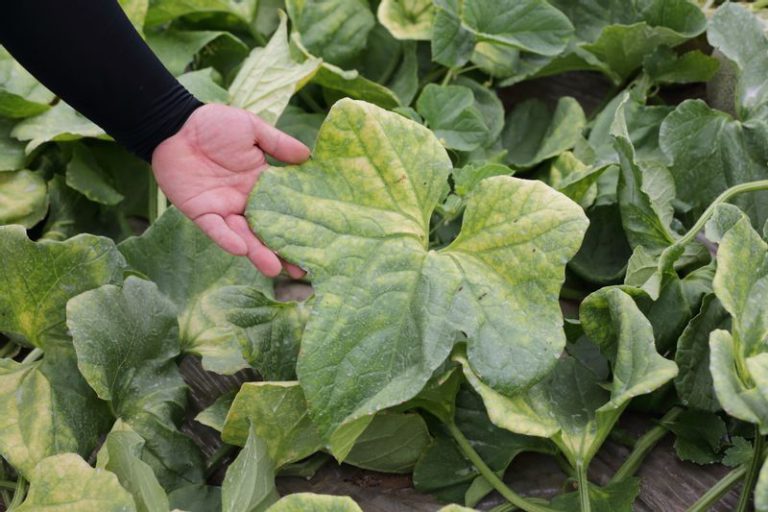
Melon cultivation begins with planting the seedlings. Once more leaves appear, the parent vines are thinned, and the vines in good condition are allowed to grow. Growing large, magnificent leaves and thick vines at this stage is the key to producing delicious melons.
When yellow blossoms appear, honeybees are released into the greenhouse to pollinate the flowers. From here, there is nothing to do but sit back and watch the bees do their work for a while, but “this is where I get really anxious every year,” says Yosuke.
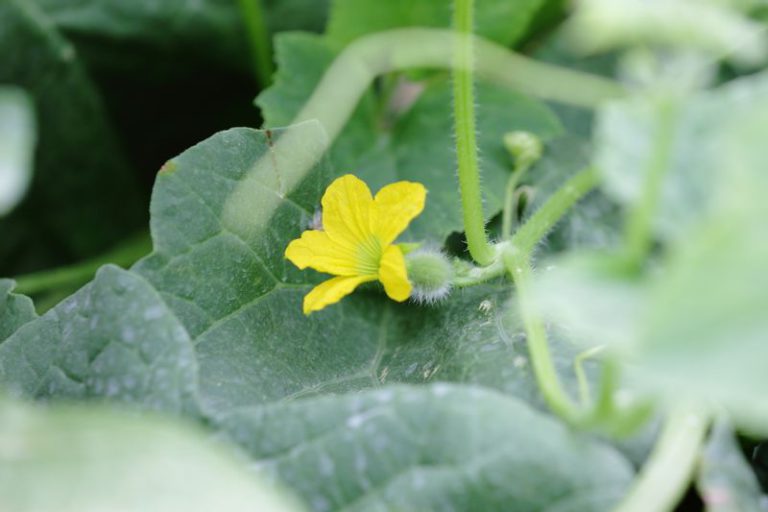
Yosuke explained, “I get nervous looking at the weather forecast every day to see if the temperature will drop suddenly because less pollen is produced when it gets cold.”
The vines will eventually produce fruit if successfully pollinated, so some are thinned. In two to three weeks, the familiar net pattern begins to appear on the melons’ surface, and they are ready for harvest about four months from planting the seedlings.
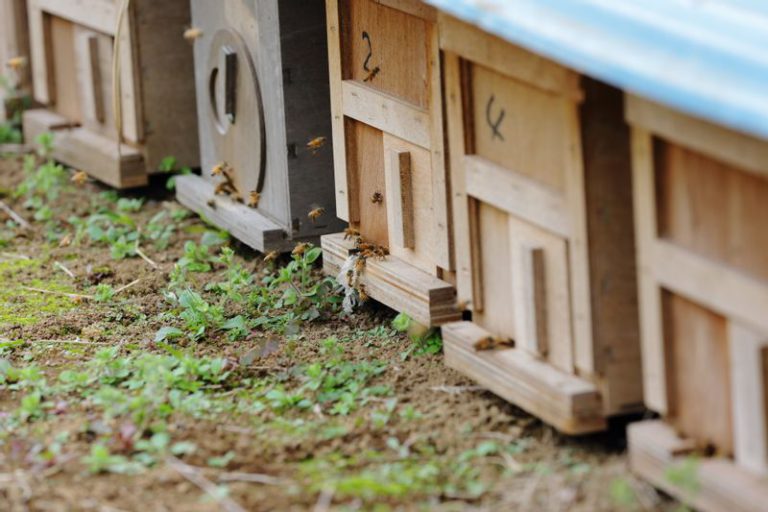
Growing melons with a beautiful net pattern are also important. Since, unlike other agricultural produce, they are often chosen as gifts, they pay special attention to their visual appearance. Yosuke pays careful attention to the daily weather conditions with his senses, ventilating the greenhouses every few hours. He adheres to wearing the same clothes daily to maintain his sensory temperature.
“When you wear something different, it’s harder to feel the day’s temperature. I look at thermometers, but I still take care to gauge the temperature and humidity on my skin,” says Yosuke.
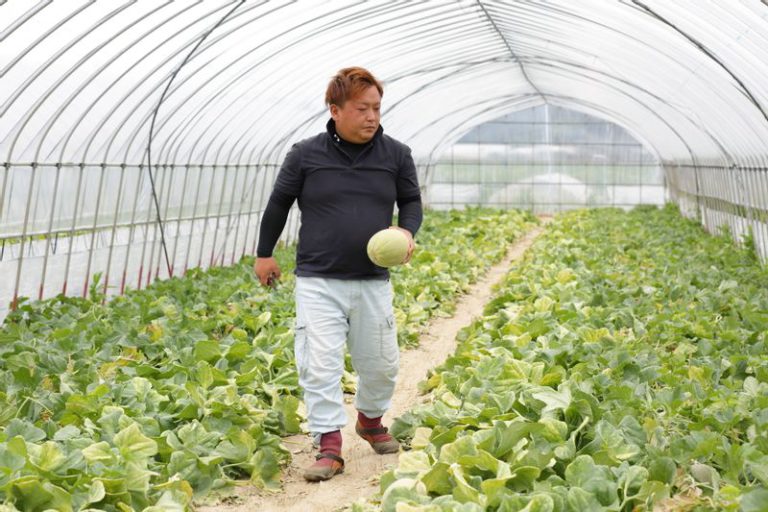
Even if the melons are grown this way without letting up until harvest time, they may start to crack, as if the netting on the melon has split, called growth cracks, or they may not grow large in size. The yellow melon Yuka, which Farm Nagasu focuses on the most, is particularly difficult to grow shapely. Many farmers have stopped growing Yuka melons because the percentage of excellent ones, representing the percentage that can be shipped as gifts, is so low, but Yosuke has been protecting Yuka as a rare brand of melon.
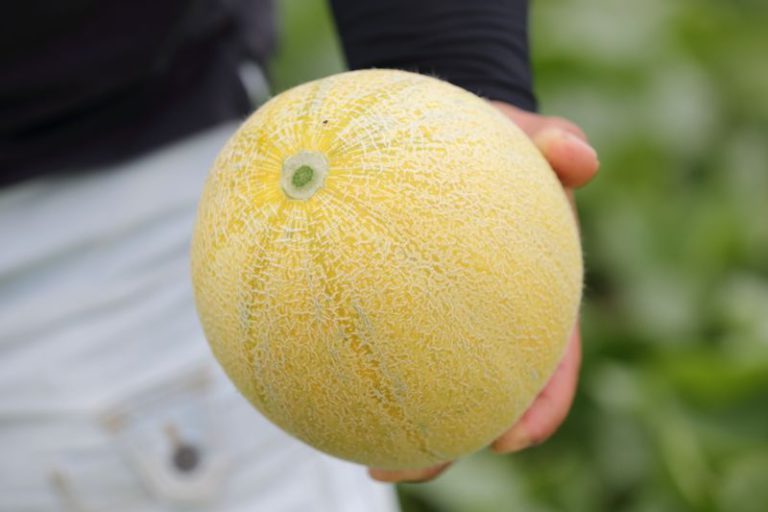
“Yuka melons are hard to grow successfully even with all the knowledge we have acquired, and we still struggle with them every year. We’ve been cultivating Yuka melons for seven years, and we still haven’t established the guidelines for what we should do. But the mellow aroma and tender, thick flesh, unlike any other melon, are exceptional. We have many fans, so we will continue to rise to the challenge,” says Yosuke.
The reason for growing is simple: they taste good, so we want people eat them.
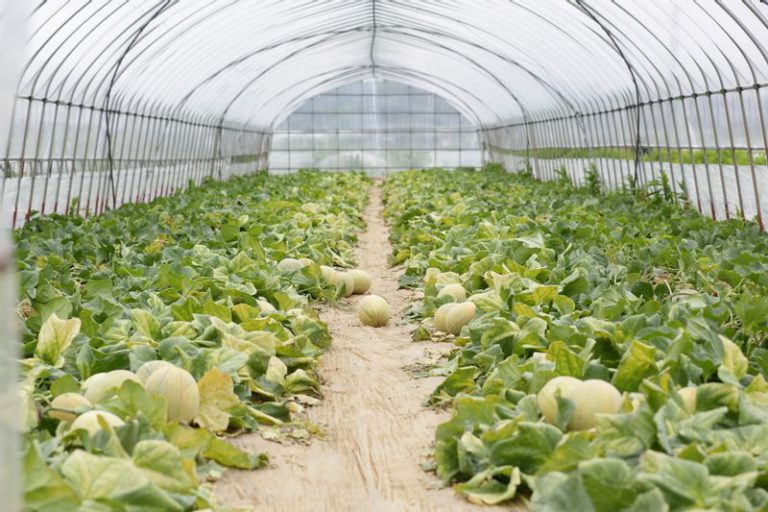
Farm Nagasu also grows different varieties of melons, including Otome, Andes and Quincy. These melons, including Yuka, are called spring melons, grown on the ground as sprawling vines. The small Otome melon with a refreshing taste is the earliest to be harvested. Because of its hardiness, it is shipped around early April in Hokota. Otome melons are followed by the intensely sweet Andes melon and the juicy orange-fleshed Quincy melon, and once Yuka melons are harvested in early July, the cultivation of Earl’s begins in earnest in time for summer. With a musk-like aroma, Earl’s represents muskmelons, and unlike spring melons, Farm Nagasu grows them in a three-dimensional cultivation system.
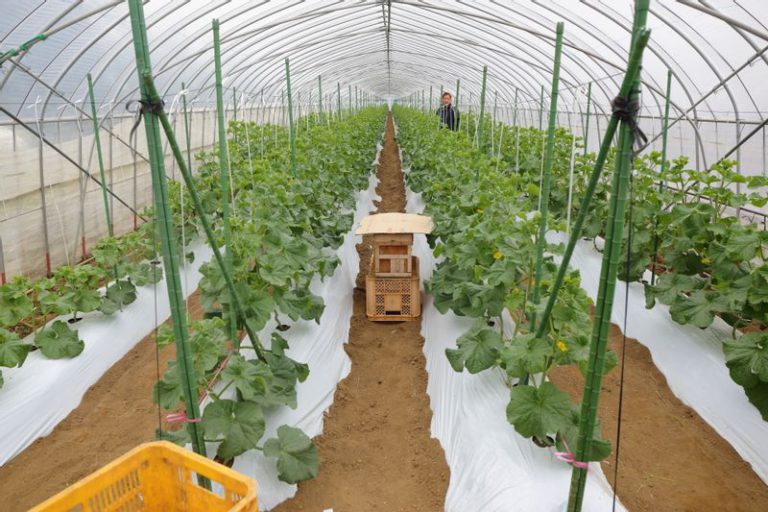
Melons differ from one another in terms of soil preparation, fertilizer formulations, and appropriate temperatures. The way they are tended is changed by observing each one and ensuring it tastes good for the variety. The one thing that remains constant is that all melons should be watered sparingly in the last stages of cultivation and harvested when they have reached their full sweetness.
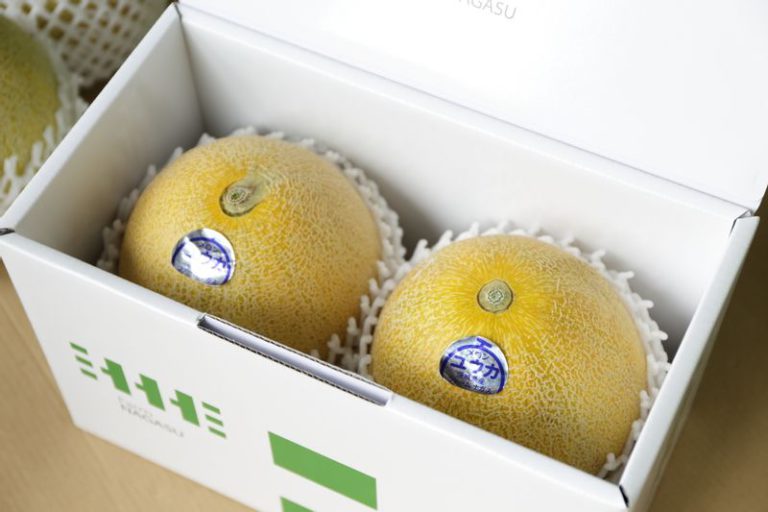
Incidentally, the sugar content does not change even if the melons are allowed to ripen from that point on. We were told they taste sweeter when eaten after a day at home because the pulp softens, giving the palate the illusion of sweetness. Yuka’s yellowish rind is much softer than other melons, so within a week of harvesting, it can be eaten down to the rind. Also, since the sweetness is more easily noticeable at room temperature than when cold, a quick chill in the refrigerator a few hours before eating is just right.
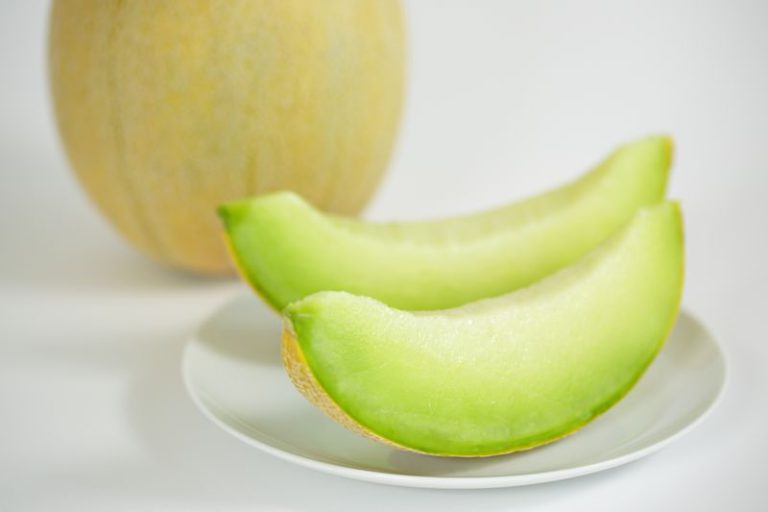
Yosuke, who has been farming for 14 years this year, hopes to spread Yuka melons to a wider audience. He said that although Yuka melons are considered a rare item now because they cannot increase the amount shipped, they hope to further improve the way they are grown so that people who do not know about Yuka melons can enjoy them.
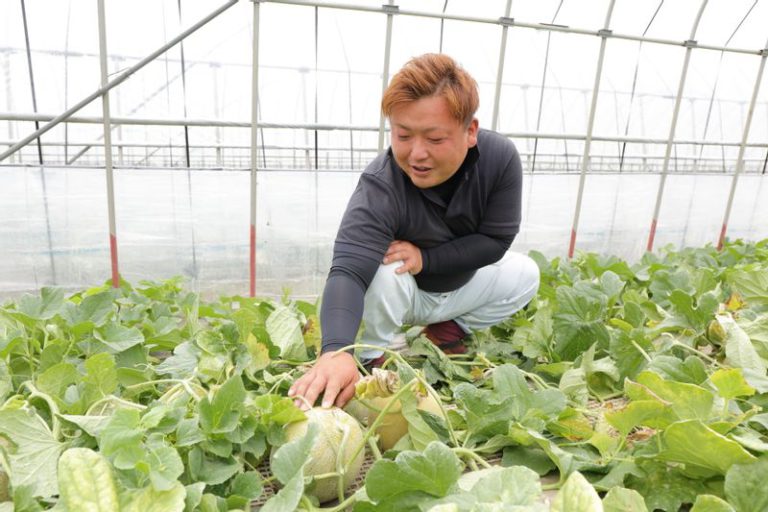
Yosuke says, “I started growing Yuka melons when an acquaintance gave me some seedlings, and when I ate these melons for the first time, I was genuinely amazed at how tasty they were. The rind turns golden when ripe, which is so beautiful to see. We are also seeing the brand growing in popularity, with Michelin chefs liking it and serving it in their restaurants, so we will continue to study ways to ensure we can deliver it to anyone who wants it.”
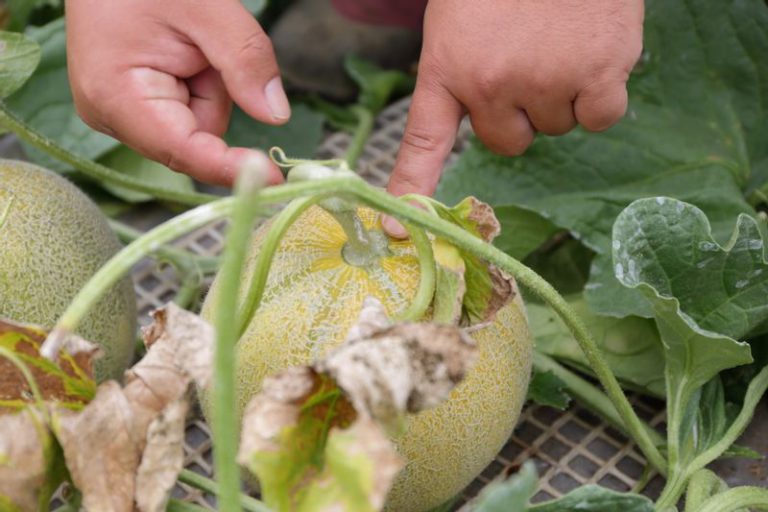
Yuka signals it is ready for harvest when it releases its juice from the stem end. As Yosuke says he has yet to grow it successfully, it is an important cue from the melon. A sweet aroma filled the air when Yosuke cut the vines with a snip of his scissors. It would not be long before it reaches fans across Japan eagerly awaiting its arrival.
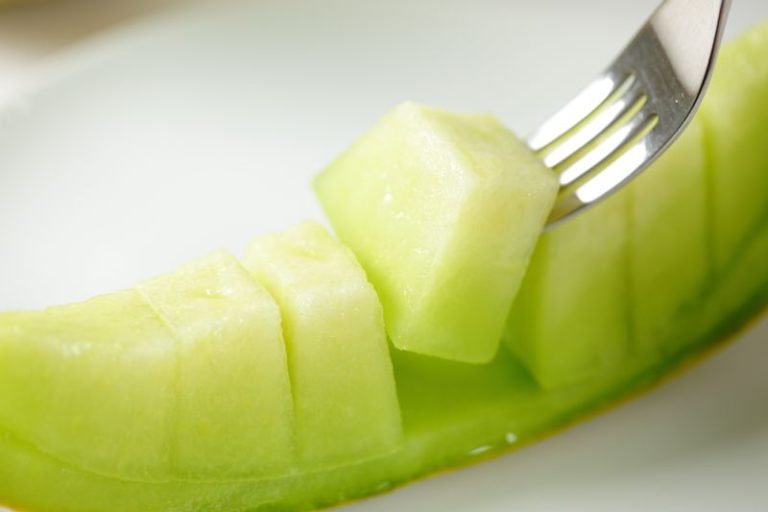
.


